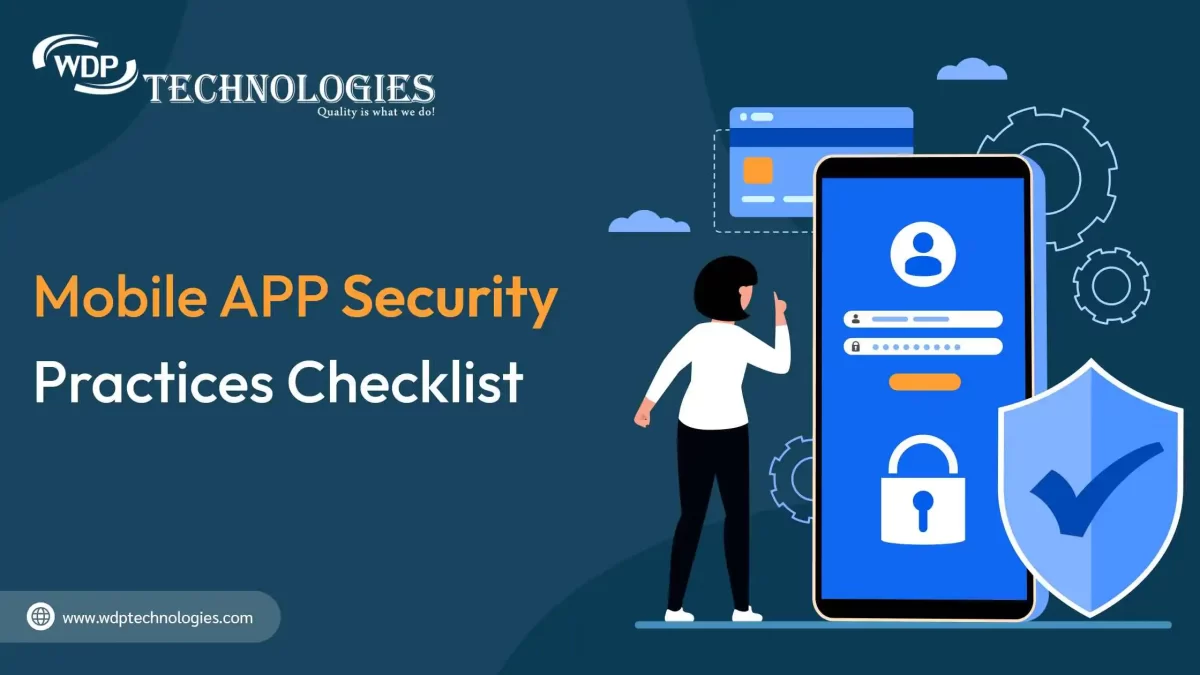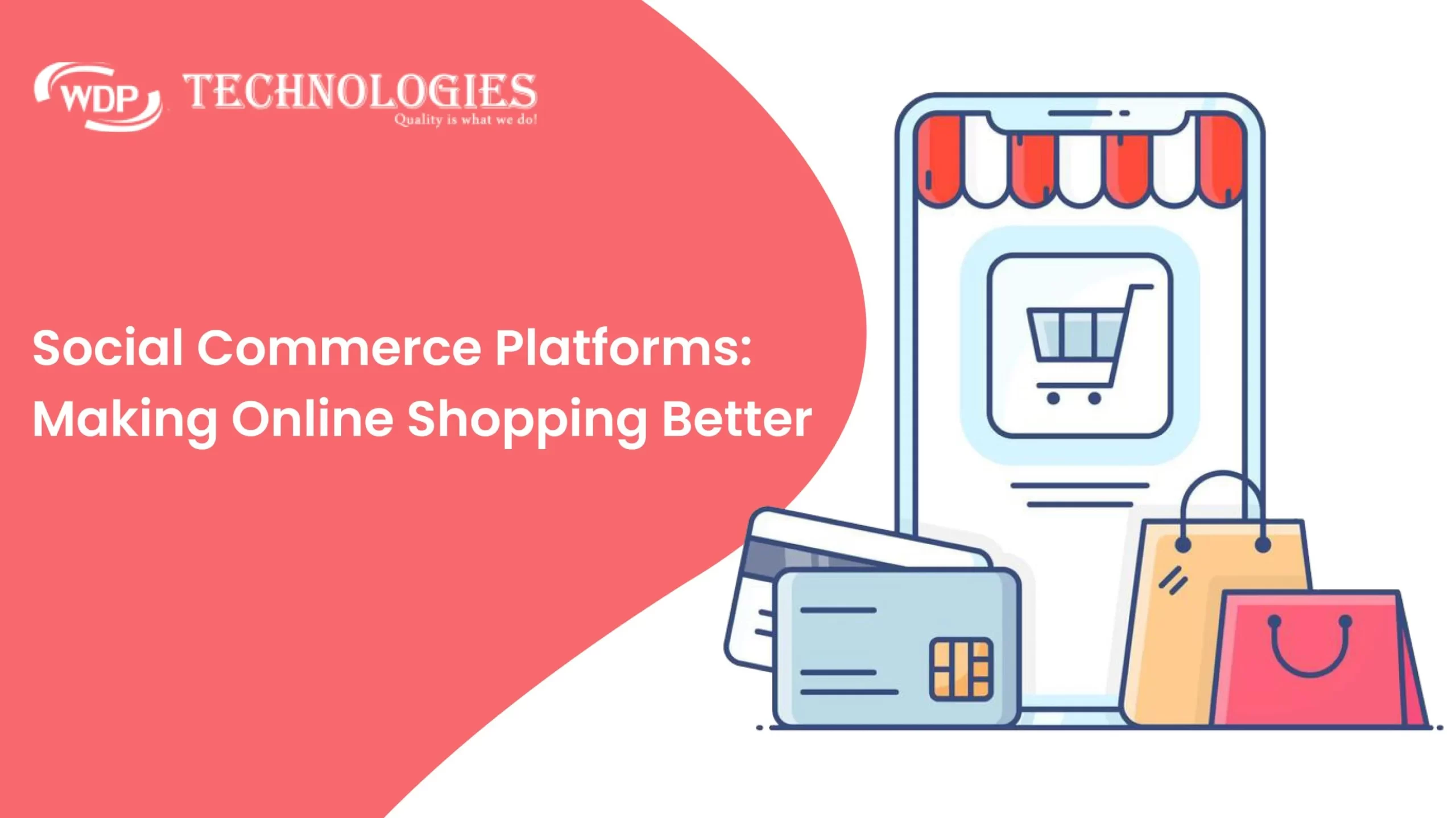In today’s interconnected world, mobile applications play a pivotal role in our lives. From banking to social networking, mobile apps handle sensitive information, making them prime targets for cyber criminals. To ensure the safety and privacy of users, mobile application security is of utmost importance. In this blog, we’ll explore mobile application security best practices checklist when developing and maintaining mobile applications to protect users from potential security threats.
Mobile Application Security Best Practices
By following these best practices, Mobile app developers can help to protect their mobile apps from security threats.
1. Secure Code Review
Start with a thorough code review to identify and eliminate vulnerabilities early in the development process. Use static analysis tools to detect potential security flaws in the codebase, such as injection vulnerabilities, insecure data storage, and improper input validation. Regularly conduct security audits to ensure continuous improvement and mitigate any emerging risks.
2. Secure Authentication Mechanism
Implement robust authentication mechanisms to safeguard user data and prevent unauthorized access. Encourage users to choose strong passwords and implement multi-factor authentication (MFA) for an extra layer of security. Use industry-standard encryption algorithms to store passwords securely and avoid transmitting sensitive information over unencrypted channels.
3. Data Encryption
Ensure that all sensitive data, such as user credentials, financial information, and personal data, are encrypted both in transit and at rest. Use strong encryption protocols like SSL/TLS for data transmission and adopt AES (Advanced Encryption Standard) for data storage to protect against unauthorized access and data breaches.
4. Secure Data Storage
Avoid storing sensitive data locally on the device whenever possible. If required, use secure storage options provided by the mobile operating system, such as Keychain on iOS and Keystore on Android. Employ tokenization or encryption for sensitive data stored in databases to add an extra layer of protection.
5. Regular Security Patches and Updates
Stay vigilant and responsive to emerging security threats by providing timely security patches and updates for your mobile application. Regularly update all third-party libraries, frameworks, and dependencies to ensure you’re protected against known vulnerabilities.
6. Secure Communication
Ensure all communication between the mobile app and backend servers is secure. Use HTTPS for all network communications to protect against eavesdropping and man-in-the-middle attacks. Implement certificate pinning to validate the authenticity of the server and prevent potential impersonation attacks.
7. User Permission Model
Implement a granular user permission model that seeks permission from users only for necessary functionalities. Avoid excessive permission requests, as this can lead to privacy concerns and deter users from trusting your application.
8. Secure Session Management
Establish secure session management practices to protect user sessions from unauthorized access. Implement session timeouts and ensure session tokens are invalidated upon logout or when the app is idle for a certain period. Use secure techniques like session token rotation to minimize the risk of session hijacking.
9. Secure Error Handling
Avoid exposing sensitive information in error messages displayed to users. Instead, log errors securely on the server-side and provide users with user-friendly error messages that don’t divulge system or application details.
10. Regular Security Testing
Conduct comprehensive mobile application security testing, including penetration testing and vulnerability assessments, to identify and remediate potential weaknesses in your application. Regular testing ensures your app remains secure against the evolving threat landscape.
Why Mobile Application Security is Important
By following best practices and using security tools and services, developers can overcome the real challenges in mobile app development. This is important for protecting user data, businesses, and organizations from harm. Mobile application security is important for a number of reasons. Here are some of the most important ones:
1. To protect user data
Mobile apps often store sensitive data, such as passwords, credit card numbers, and personal identifiable information (PII). If this data is compromised in a data breach, it could have devastating consequences for users.
2. To protect businesses
Mobile apps can be used to conduct financial transactions, access sensitive data, and control critical infrastructure. If a mobile app is not secure, it could be used to steal money, damage data, or even cause physical harm.
3. To protect the reputation of organizations
A data breach or other security incident involving a mobile app can damage the reputation of an organization and lead to loss of customers, partners, and investors.
4. To comply with regulations
Many organizations are subject to regulations that require them to protect the security of their mobile apps. For example, financial institutions are subject to the Payment Card Industry Data Security Standard (PCI DSS), which requires them to implement specific security measures to protect credit card data.
5. To prevent unauthorized access to sensitive data
Mobile apps should only be accessible to authorized users. If an app is not secure, unauthorized users could gain access to sensitive data, such as customer records or financial information.
6. To prevent unauthorized modifications to data
Mobile apps should only be able to modify data that they are authorized to modify. If an app is not secure, unauthorized users could modify data, such as changing account balances or deleting records.
7. To prevent denial-of-service attacks
Mobile apps should be designed to withstand denial-of-service attacks, which are attempts to overwhelm an app with traffic so that it becomes unavailable to legitimate users.
Security Tools To Help Them Secure Their Mobile Apps
There are a number of security tools that can help developers secure their mobile apps. Here are some of the most popular ones:
Static analysis tools scan code for security vulnerabilities. These tools can be used to identify vulnerabilities in code before the app is even deployed. Some popular static analysis tools include:
- OWASP ZAP
- MobSF
- AppCheck
Dynamic analysis tools simulate real-world attacks on apps to identify vulnerabilities. These tools can be used to identify vulnerabilities that may not be caught by static analysis tools. Some popular dynamic analysis tools include:
- AppScan
- Fortify SCA
- IBM AppScan
Penetration testing can be used to identify and exploit vulnerabilities in apps. This is a more manual process than using static or dynamic analysis tools, but it can be more effective in identifying complex vulnerabilities. Some popular penetration testing services include:
- NCC Group
- Synopsys
- Qualys
Security awareness training can help developers to understand security best practices and avoid making mistakes. This is an important part of any security program, as it can help to prevent vulnerabilities from being introduced into apps in the first place. Some popular security awareness training providers include:
- Cybint
- KnowBe4
- Fortinet
By using a combination of these tools and services, developers can help to secure their mobile apps from security threats.
Conclusion
Mobile application security is a never-ending process that requires constant attention and effort. By adhering to this comprehensive checklist of best practices, developers can significantly reduce the risk of security breaches, data theft, and other cyberattacks. Prioritizing security throughout the development lifecycle and staying up-to-date with the latest security trends and technologies will contribute to building a safe and trustworthy mobile application for users worldwide. Remember, securing your users’ data is not only your responsibility but also your commitment to building a resilient digital future.










